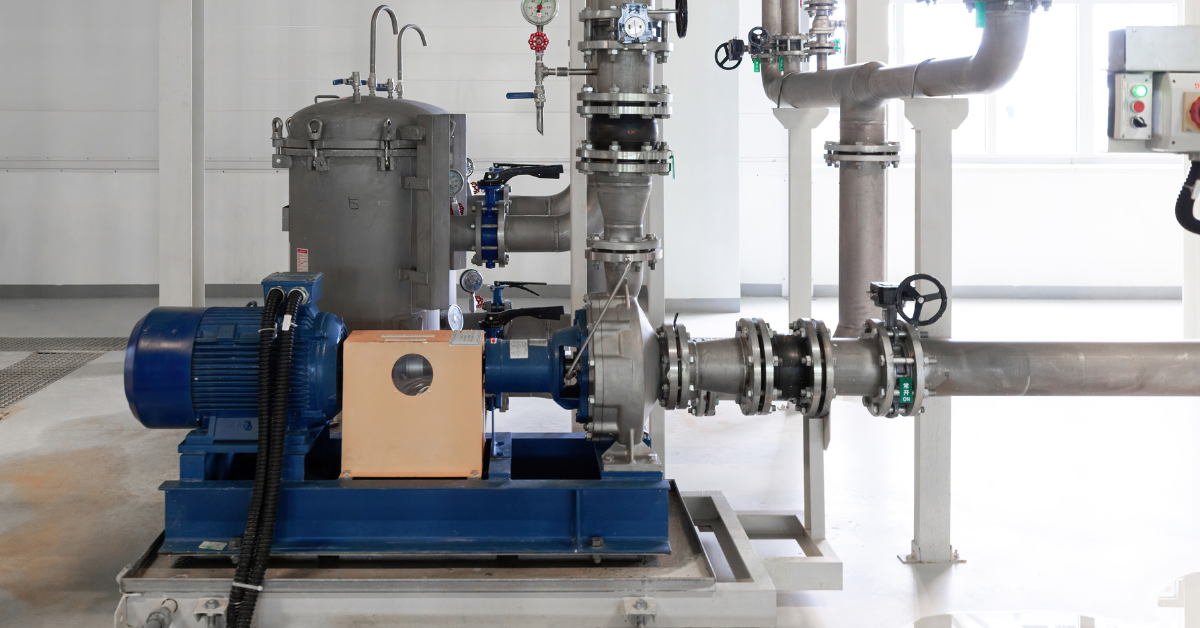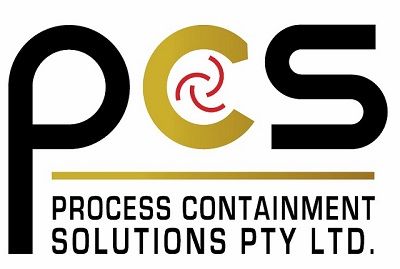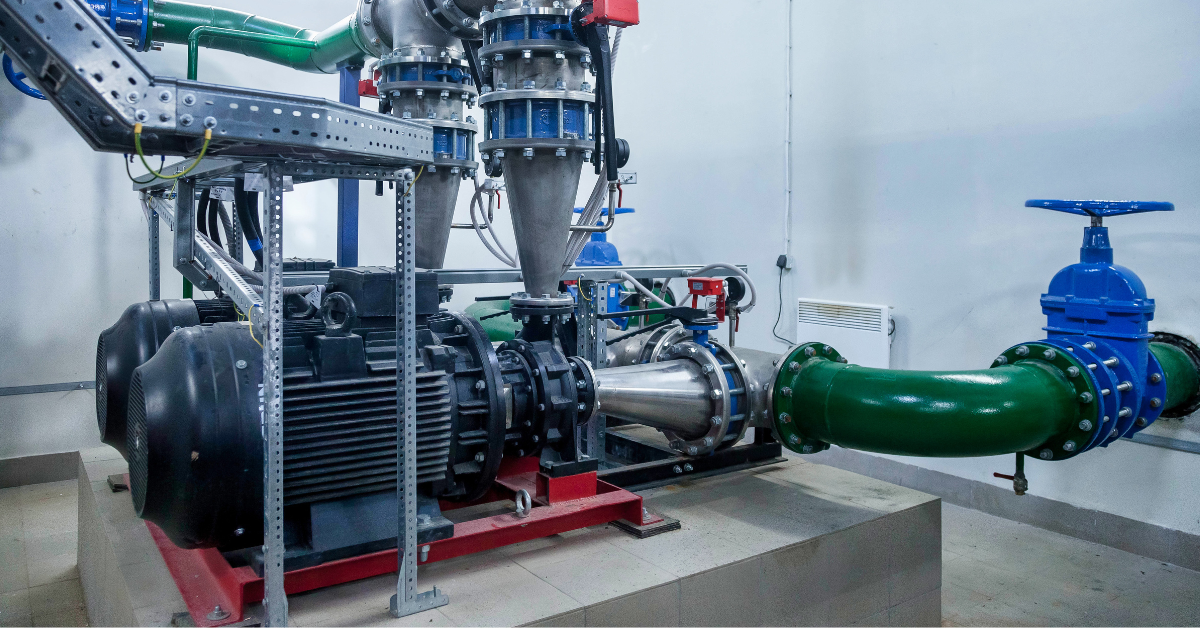Imagine your pump system running at peak performance, slashing energy costs and eliminating unexpected downtime, sounds like a dream, right? Yet, studies show that a staggering 50% of pump failures are rooted in simple misalignment issues.
Mastering Pump Alignment: How to Conduct Precise Alignments and the Critical Role of Regular Inspections
At Process Containment Solutions (PCS), we understand that achieving optimal pump performance is not just about cutting-edge technology, it’s about meticulous alignment and ongoing vigilance. At Pump Professor, we’re here to unveil the game-changing strategies that industry leaders use to achieve flawless alignment and implement regular inspections that safeguard their operations. In this blog, discover how precision and preventive maintenance can transform your fluid control systems, ensuring reliability, boosting efficiency, and protecting your bottom line.

Why Pump Alignment Matters
Pump alignment is more than a routine maintenance task, it is the heartbeat of a reliable fluid control system. Proper alignment minimizes mechanical stresses, reduces energy consumption, and prevents premature wear on vital components such as bearings and mechanical seals. Misalignment, on the other hand, can lead to excessive vibration, increased operating costs, and even catastrophic equipment failure.
At PCS, our decades of experience have taught us that achieving a perfect alignment is the first step toward extending the lifespan of your pumps and ensuring continuous, efficient operation. But even the best alignment can drift over time, which is why regular inspections are essential.
Step-by-Step Guide to Conducting Pump Alignment
Ensuring that your pump is aligned correctly involves a combination of careful planning, precise measurement, and adherence to safety protocols. Here’s how to conduct pump alignment the PCS way:
1. Preparation and Safety Protocols
- Lockout/Tagout (LOTO): Before beginning any maintenance work, implement strict LOTO procedures. Ensure that all power sources (electrical, hydraulic, and pneumatic) are completely isolated to prevent accidental start-ups.
- Personal Protective Equipment (PPE): Equip your team with the proper PPE to minimize the risk of injuries.
Work Environment Setup: Clear the work area of any obstructions, ensure proper lighting, and confirm that all emergency equipment (fire extinguishers, first aid kits) is accessible.
2. Initial Visual and Mechanical Inspection
- Examine the Pump and Couplings: Check for visible signs of wear, damage, or corrosion and pipe system on the pump, coupling, and surrounding machinery. Any discrepancies found during this stage should be addressed immediately.
- Review Historical Data: Consult previous maintenance logs and alignment records to identify recurring issues or deviations. This historical perspective can guide your current alignment strategy.
3. Measurement and Alignment Process
- Select the Right Tools: Utilise calibrated instruments such as laser alignment systems, dial indicators, and vibration analysers in conjunction with tooling such as a straight edge ruler (recommend for motors smaller than 160kw). These tools ensure that you capture accurate measurements for precise adjustments.
- Conduct Baseline Measurements: Record the initial readings between the pump and the motor or driver. Establish whether you have parallel or angular misalignment. This baseline helps you understand the current state of alignment and serves as a reference for future inspections.
- Make Incremental Adjustments: Adjust the position of the pump and motor slowly and methodically. After each adjustment, re-measure the alignment to ensure that you are moving toward the optimal configuration. Using a straight edge tool would aid determine the corrective adjustments required.
- Fine-Tuning with Precision: Use laser alignment tools for fine-tuning, ensuring that the coupling faces are perfectly parallel and concentric. A misaligned pump can introduce vibrations that lead to seal failures and increased wear, so precision is key.
4. Post-Alignment Verification and Documentation
- Final Inspection: Once adjustments are complete, perform a final inspection to confirm that the alignment meets manufacturer specifications and industry standards.
- Documentation: Record all measurement data, adjustments made, and any anomalies observed during the alignment process. Comprehensive documentation is invaluable for future inspections and troubleshooting.
- Test Run: Conduct a controlled test run to monitor the pump’s performance under normal operating conditions. Listen for abnormal noises, check vibration levels, and ensure that the pump operates smoothly.
The Imperative of Regular Inspections
Even the most meticulously aligned pump can drift over time due to operational stresses, environmental factors, or gradual wear. This is why regular inspections are critical:
Early Detection of Misalignment
Regular inspections allow you to detect small deviations before they develop into significant issues. Early intervention can prevent costly repairs, reduce downtime, and extend the pump’s operational life.
Preventive Maintenance
Routine check-ups are the cornerstone of preventive maintenance. By establishing a consistent inspection schedule, you can identify and address potential problems proactively, saving both time and money in the long run.
Adapting to Changing Conditions
Environmental and operational changes, such as temperature fluctuations, foundation settling, or increased load demands, can affect pump alignment over time. Periodic inspections ensure that your pump continues to operate within the optimal range, adapting to any changes that might compromise performance.
Enhanced Safety and Compliance
Maintaining a strict inspection schedule not only boosts operational efficiency but also helps you stay compliant with industry safety standards and regulations. This commitment to safety reduces the risk of accidents and protects both your personnel and equipment.
How PCS Stands Out in Pump Alignment and Inspection
At Process Containment Solutions, our commitment to excellence in pump alignment and regular inspections is backed by decades of technical expertise and advanced diagnostic tools.
Here’s what sets us apart:
- Expertise and Experience: With over 200 combined years of technical know-how, our team is uniquely equipped to handle even the most complex alignment challenges.
- State-of-the-Art Technology: We utilise the latest in laser alignment systems, dial indicators, and vibration analysis tools to ensure that every pump is aligned to perfection.
- Tailored Solutions: Every facility is unique. We work closely with you to develop customised maintenance and inspection schedules that meet your specific operational needs.
- Continuous Training: Our technicians receive ongoing training in the latest industry standards and safety protocols, ensuring that your pump maintenance is handled with the utmost precision and care.
INVEST IN PRECISION, INVEST IN SAFETY
Effective pump alignment and regular inspections are not merely maintenance tasks, they are strategic investments in the longevity and efficiency of your fluid control systems. By following a rigorous alignment procedure and committing to a schedule of regular inspections, you can prevent misalignment-related failures, minimize operational downtime, and enhance overall system performance.
At Pump Professor, we’re dedicated to empowering you with the knowledge and expertise needed to master pump alignment and maintenance. Process Containment Solutions is proud to lead the industry with our unwavering commitment to safety, precision, and excellence.
For expert advice, tailored solutions, or more information on how PCS can elevate your pump maintenance practices, contact us today. Stay informed, stay efficient, and let Pump Professor be your trusted guide in the world of fluid control.

